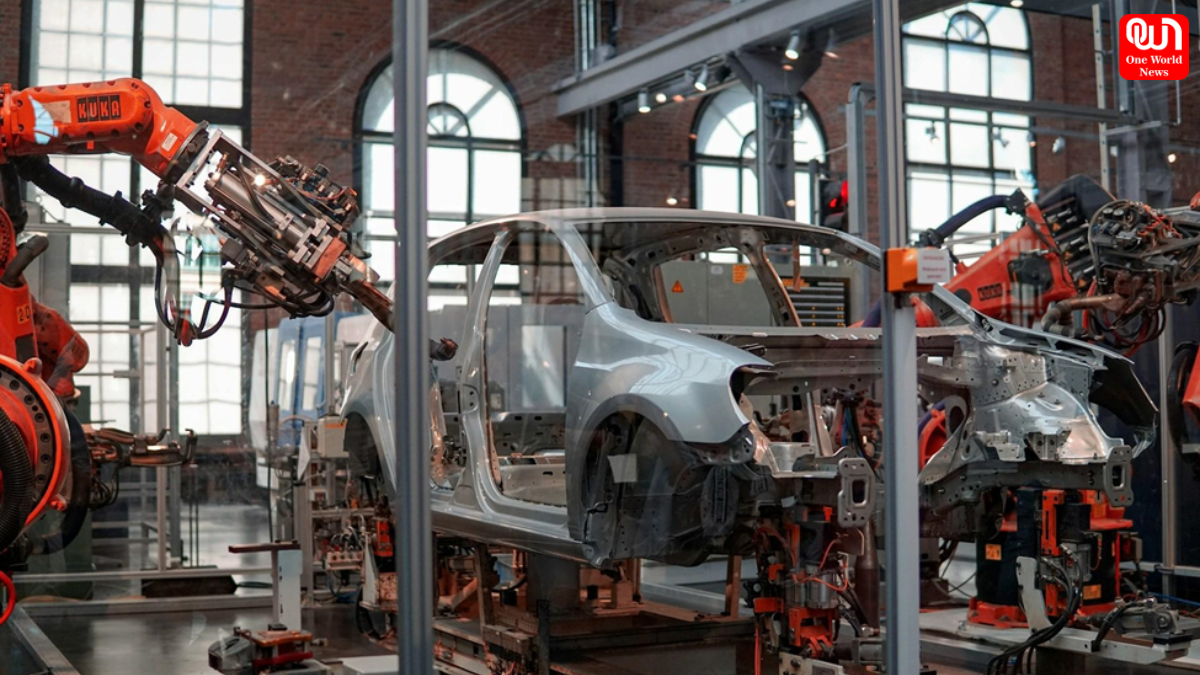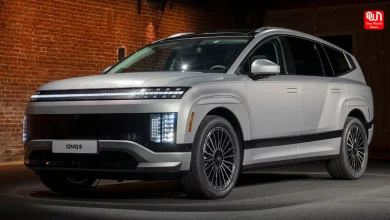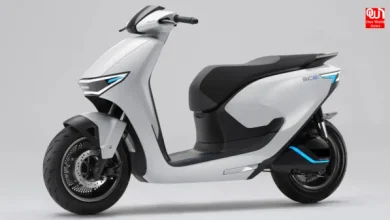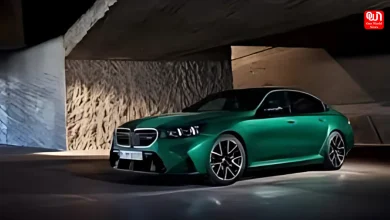The Hidden Environmental Cost of Car Parts and How the Industry Is Responding
Picture a car humming down the road—sleek, shiny, a marvel of engineering. Now think about what’s under the hood: every bolt, belt, and battery...
The Hidden Environmental Cost of Car Parts – And How the Industry is Changing
Picture a car humming down the road—sleek, shiny, a marvel of engineering. Now think about what’s under the hood: every bolt, belt, and battery carries a shadow, an environmental toll we rarely clock. From mining metals to churning out plastics, car parts chew through resources and spit out waste, often more than we’d guess.
The industry’s waking up to this mess, though—pushing greener fixes and smarter ways to keep our rides rolling without destroying the planet. It’s not just about driving; it’s about what we leave behind.
Let’s peel back the curtain on this hidden cost and see how the car world’s stepping up.
The Case for Quality Over Quantity
One way to cut the eco-hit starts with picking parts that last—original gear built to stick around. Opting for genuine GM parts, for instance, means banking on parts designed to fit your ride like a glove, cutting down on sloppy swaps and early breakdowns. The perk? Fewer replacements mean less junk piling up in landfills and fewer factories firing up to churn out spares. It’s not just about brand bragging rights; it’s about leaning on durability to dial back the environmental churn.
Think of a worn-out alternator. A knockoff might flake in a year, sending you back for another—more shipping, more scrap. Genuine parts, built to spec, hang tougher, stretching the gap between fixes. It’s a slow burn that trims waste, proving quality can outpace the throwaway cycle and ease the planet’s load.
Mining’s Dirty Footprint
Car parts don’t pop out of thin air—steel, aluminum, lithium, they’re yanked from the earth, and it’s a gritty haul. Digging up these raw materials scars landscapes, guzzles water, and pumps out carbon like nobody’s business. The industry’s figuiring this out, nudging toward recycled metals or leaner mining tricks to soften the blow.
Picture a battery pack—lithium’s the star, but ripping it from the ground tears up soil and sucks rivers dry. Some businesses are flipping to salvaged metals, melting down old parts to forge new ones. It’s not perfect, but it’s a stab at keeping mines quieter and the air cleaner, one recycled chunk at a time.
The Plastic Problem
Then there’s the plastic—dashboards, bumpers, knobs—cheap to make, tough to shake. It’s oil-born, piling up in dumps where it sits for centuries or burns into toxic smog. Car makers are catching heat for this, tinkering with bio-plastics or recycled blends to lighten the load without jacking costs sky-high.
Imagine a fender cracked in a fender-bender. Old school, it’s trash—new school, it’s ground up, remixed with plant-based stuff, and reborn. It’s not everywhere yet, but the shift’s on—less crude sucked up, less junk clogging the heap. The industry’s testing waters, betting on plastics that don’t haunt us forever.
Energy Guzzling in Production
Making parts isn’t gentle—factories roar with heat, presses, and power, chugging energy like a V8 at full tilt. That juice often comes from coal or gas, piling carbon onto the eco-tab. Some players are flipping the switch—solar roofs, wind turbines—trying to green the grind without stalling the line.
Think of a piston rolling off the belt. Old plants might’ve burned dirty to shape it; newer ones tap the sun or the breeze, trimming the smog trail. It’s a slow pivot—costs a bear—but it’s carving a dent, proving production can hum without choking the skies. Every watt flipped counts.
Shipping’s Sneaky Toll
Parts don’t stroll to your garage—they jet, truck, or ship across continents, racking up fuel and fumes. A global supply chain’s slick but filthy, and the industry’s eyeballing tighter loops—local sourcing, lighter loads—to cut the carbon exhaust.
Picture a radiator hopping from Asia to your shop. That’s plane miles, boat hauls, truck runs—carbon stacked high. Some brands are pulling closer—sourcing steel next door or packing smarter—so the trip’s shorter, cleaner. It’s not a full fix, but it’s a leaner footprint, easing the planet’s wheeze.
Read More : Renault Duster Set for India Return
Recycling’s Rising Role
End-of-life parts used to be graveyard fodder—now, they’re getting a second shot The industry’s looping in, shredding old rides to pluck batteries, frames, even wires for reuse. It’s not just trash dodging—it’s raw stuff skipping the mine, circling back into the game.
Imagine a dead catalytic converter. Yesterday, it’s landfill; today, it’s stripped, smelted, and reborn as a fresh exhaust bit. Car makers are leaning harder into this—designing parts to dismantle easy, not rot. It’s a scrappy fix that’s picking up speed, turning waste into wins.
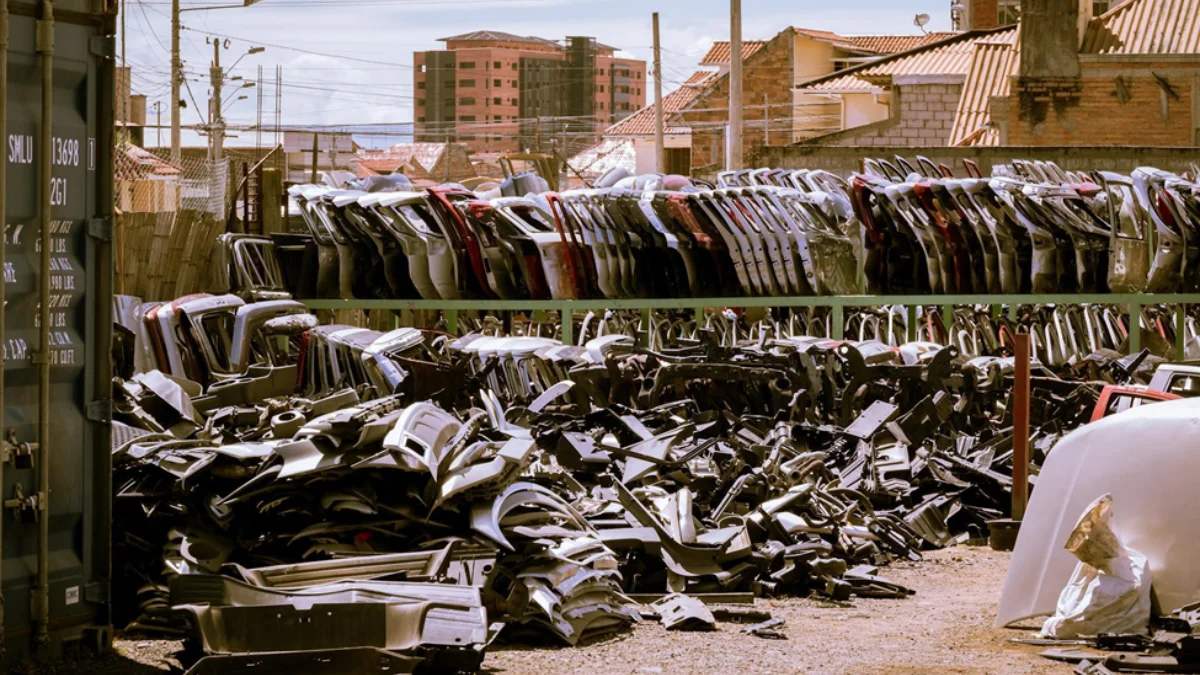
Driving Greener Roads
The hidden eco-cost of car parts isn’t so hidden anymore—mining, making, moving, it all stacks up. But the industry’s not just shrugging; it’s swinging back with durability like genuine parts, recycled scraps, and cleaner plants. It’s not a green utopia yet—cars still chew the earth—but it’s a gear shift toward less guilt per mile.
We’re at a crossroads—keep trashing or start tweaking. The push for smarter parts isn’t a fad; it’s a lifeline, balancing our need to roll with a planet that’s gasping. Every step—every recycled bolt—moves us closer to a ride that’s powerful, sleek, and a bit cleaner.
We’re now on WhatsApp. Click to join.
Like this post?
Register at One World News to never miss out on videos, celeb interviews, and best reads.

